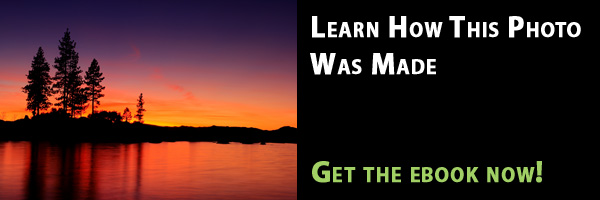
Why Should I Spend Time Researching?
Well, there are several reasons to do your research. The main reason is that travel is expensive, and conducting upfront research can save you time and money. Besides transportation, you’ll have lodging expenses, food costs, and you may have to use vacation days to get away from the day job (if you are still bound by that thing!). So, doing your research will help you to minimize any “surprises,” as well as help you stay within an affordable budget.
Weather, Clothing and Equipment
As travel time nears, be sure to check out the weather forecast for expected temperatures and precipitation. This will allow you to pack the correct clothes for the expected conditions. It will also help you decide if there are any additional equipment needs (a desiccant canister? disposable hand warmers to help keep batteries warm in your pocket?)
Find Exact Locations
If you are new to the area, it is always wise to identify the exact location you wish to visit. For example, if traveling to Alaska to photograph brown bears (a favorite trip for me!), are there several streams or rivers in the area? Which ones do the bears frequent? What time of the year should I go? You can find these answers by doing your research. Topographical maps can be a big help.
Find Suitable Lodging
This is one of the first things I do whenever I plan for a photo trip. Find out what your options are: is there camping available? Motels/hotels? Bed/Breakfasts? Lodges? Never travel to an unfamiliar area without having researched what your options are. Better yet, never arrive without reservations! And always take your confirmations with you (just in case).
What to Expect?
It may sound a bit “overkill,” but always research what you might see at the location of interest. For example, photographing bears is wonderful. But were you aware of that meadow of wildflowers growing across the stream where the bears will be? Possible macro photographs? You can’t shoot macros very well if you’ve only got your big telephoto lenses with you! Another important reason to check out what you might see is that you will want to research the behaviors of any potential wildlife encounters, which is also an important step in capturing some action images.
Sources of Research
Several good options are at your fingertips for researching:
- Google – try “googling” the location you will be visiting, as well as nearby towns
- Check with the area Chambers of Commerce, or Visitor’s Guides
- Ask other photographers, via social media (Facebook, Twitter, etc.)
- E-mail or ask other photographers who may have visited the location
- Books and magazines (check out your local library)
Travel Prepared, and Get Some Great Shots!
So, do your homework. Arrive at your destination prepared with all the essentials you’ll need and everything planned out. You will have more time to work at capturing those elusive shots you’ve always dreamed of!
Get more great tips in our free weekly newsletter.
 About the Author: Jim Braswell is a lifelong resident of Missouri, photographing nature in Missouri and beyond. His photographic passion is wildlife and wildflowers. When working with wildlife, his goal is to capture animal behaviors and actions. Besides photographing nature, Jim teaches photography and Photoshop at a local career center and participates in several art fairs/festivals every year. View more of his work on his website at: http://www.showmenaturephotography.com/
About the Author: Jim Braswell is a lifelong resident of Missouri, photographing nature in Missouri and beyond. His photographic passion is wildlife and wildflowers. When working with wildlife, his goal is to capture animal behaviors and actions. Besides photographing nature, Jim teaches photography and Photoshop at a local career center and participates in several art fairs/festivals every year. View more of his work on his website at: http://www.showmenaturephotography.com/

Leave a Reply